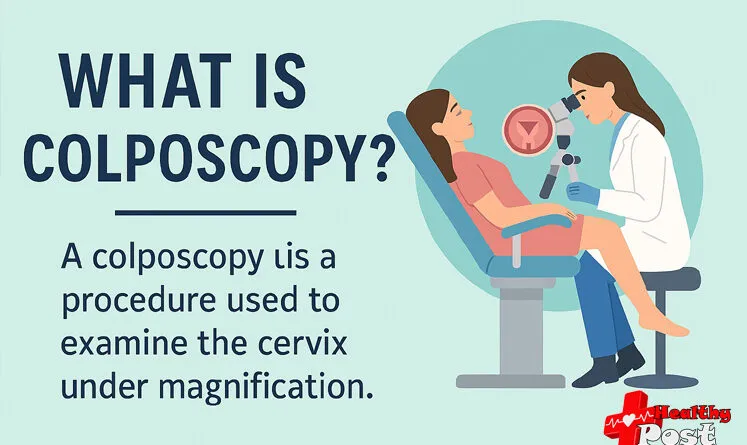What is colposcopy?
Colposcopy is an examination of the mucous membranes of the vulva, vaginal walls and ectocervix (the vaginal part of the cervix) under significant magnification (from 10 to 40), which is carried out for the purpose of a comprehensive examination of the vagina and cervix using a colposcope (binocular) – an optical device equipped with small mirrors and a lighting element.
The procedure is painless and easy to perform. Currently, it is considered non-invasive and does not pose a threat to life and further progression of possible pathology.
Objectives of the procedure
In some cases, colposcopy can be a preventive examination of the cervix. Also, an indication for colposcopy is the diagnosis of various pathologies, both inflammatory and associated with a violation of the cellular composition.
Diagnosis of malignant pathologies is also one of the indications for colposcopy. For the purpose of control after treatment.
Indications for colposcopy
- The main indication for colposcopy is a change in the cytological composition of cells. According to smears for oncocytology, changes of various types of dysplasia can be detected. These can be minor changes, or precancerous, and also the presence of atypical cells.
- Inflammatory processes in the cervix, such as non-specific or infectious cervicitis. It can be caused by a sexually transmitted infection, such as chlamydia, mycoplasma, ureaplasma, gonococcus, etc. As well as an inflammatory process caused by dysbacteriosis or inflammation in the vagina.
- Endometriosis in the cervix or lower uterine segment, and also the transition to the vagina. The presence of condylomatous formations in the cervix.
- Detection of polyps in the area of the external os or cervical canal.
- Detection of suspicious or difficult to explain formations in the cervix during routine examination. Conditions suspicious for malignant lesions of this part of the genital tract.
- Follow-up examination after treatment.
- Examination of a woman as part of a medical examination.
- The presence of cases of spotting or contact bleeding after a gynecological examination, sexual intercourse or other conditions and the absence of changes in the uterine cavity.
A diagnostic examination is indicated if:
- genital warts (viral warts) on the surface of the mucous membrane of the cervix;
- any complaints of rashes, itching and pain in the vaginal area;
- severe pain in the lower abdomen, combined with suspicious discharge during intercourse;
- nagging pains that are not related to the menstrual cycle;
- an indeterminate result from a previously taken cytology test.
Colposcopy is also prescribed to confirm the presence of a malignant tumor in the cervix, vulva or vagina.
Contraindications to colposcopy
There are basically no contraindications for colposcopy. It is not recommended to conduct a colposcopic examination in the postpartum period in the first 1.5 – 2 months, and it is dangerous for 6 – 8 weeks after surgical or destructive treatment of the cervix.
Also, extended colposcopy is not performed on women who have an intolerance to acetic acid and / or iodine.
When the procedure is performed:
- The examination should be carried out on any day, especially if there is a suspicion of an oncological process, as well as acute complaints from the cervix.
- Colposcopy is most informative in the early days of the menstrual cycle, but there should be no discharge from the genital tract. The optimal time for conducting is considered to be the 7th-10th day of the menstrual cycle.
- If endometriosis is suspected, a colposcopy should be performed on the 10th-15th day of menstruation.
- During pregnancy, colposcopy can be performed at any time.
- During menopause, colposcopy is also performed at any time, in the absence of contraindications.
Stages of examination:
- It is carried out on a regular gynecological examination chair.
- To visualize the cervix, a speculum must be inserted.
- After the cervix is removed, it is treated with a solution of acetic acid and the reaction of the cells is observed.
- After waiting for the exposure time, an iodine solution of the required concentration is applied to the cervix. After this, the reaction is assessed again.
- As the procedure is completed, the mirror is removed and, if necessary, excess solution is removed.
- After the doctor performs a colposcopy and writes a report, the woman can go home.


